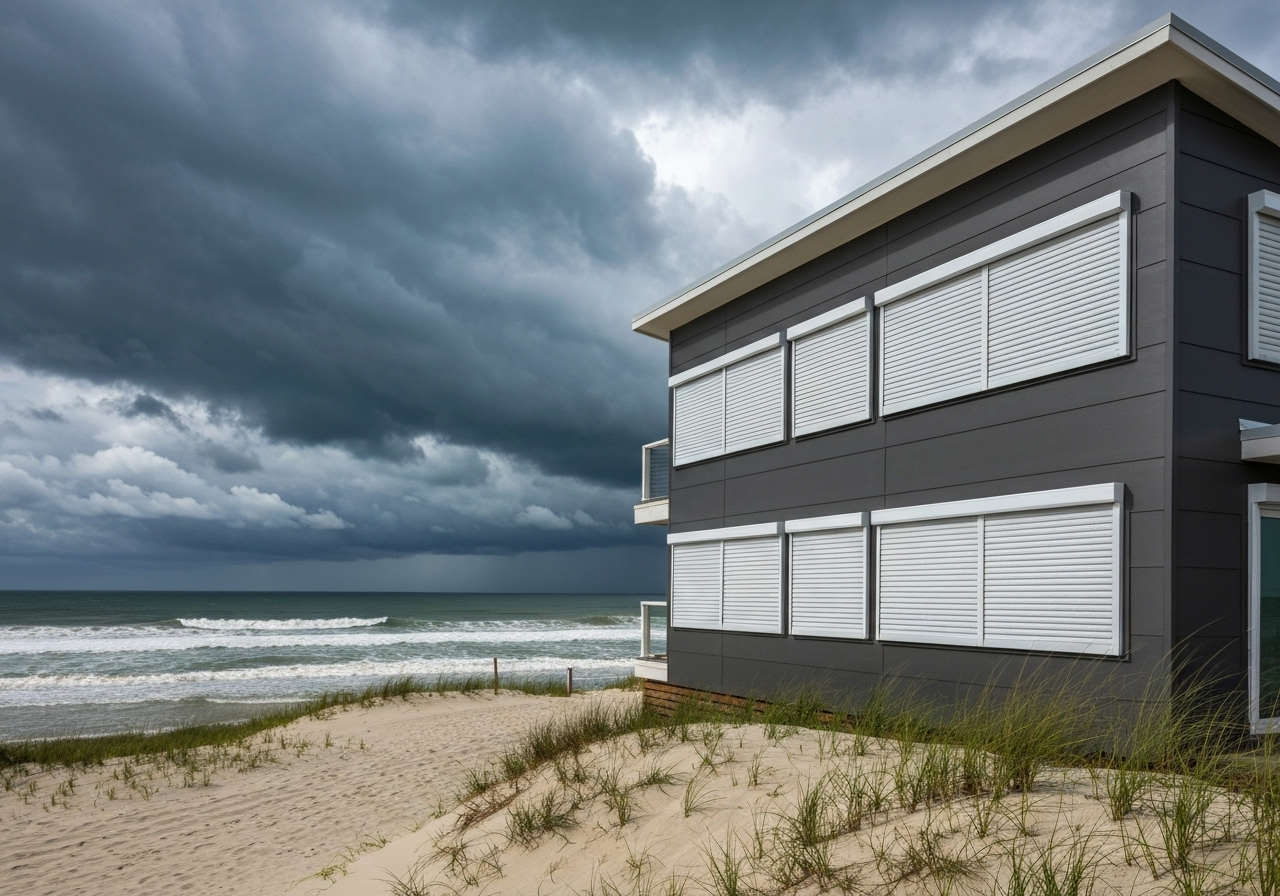Essential Deductible Knowledge for Coastal Homeowners
For homeowners in coastal regions, understanding the nuances of their insurance policies is paramount, especially regarding hurricane and windstorm deductibles 2025. These specialized deductibles, distinct from standard homeowners insurance deductibles, dictate your out-of-pocket expenses when a named storm impacts your property. Being prepared means knowing precisely what these deductibles entail and how they function, a critical step in safeguarding your financial well-being against the unpredictable nature of severe weather events.
Deciphering Hurricane and Windstorm Deductibles 2025
Unlike a standard deductible, which is typically a fixed dollar amount for common perils like fire or theft, hurricane and windstorm deductibles are specifically tied to damage caused by wind and hail. These are frequently calculated as a percentage of your home’s insured value rather than a flat sum. For instance, a 2% hurricane deductible on a home insured for $300,000 would result in a $6,000 out-of-pocket expense before your insurance coverage begins.
It’s vital to differentiate between these related terms, as they determine when a specific deductible applies:
- Hurricane Deductible: This applies exclusively to damage from officially designated hurricanes by the U.S. National Weather Service (NWS) or U.S. National Hurricane Center (NHC).
- Named Storm Deductible: Broader in scope, this covers damage from any weather event that has been given a name by the NWS or NHC, including hurricanes, typhoons, tropical storms, and tropical cyclones.
- Windstorm or Wind/Hail Deductible: This is the broadest category, covering damage from any type of wind or hail event, regardless of whether it was part of a named storm, such as a severe thunderstorm or tornado.
These specialized deductibles became prevalent after catastrophic events like Hurricane Andrew in 1992 and Hurricane Katrina in 2005, which exposed insurers to billions in losses. Their implementation serves as a risk-sharing mechanism, allowing insurance companies to manage financial exposure and help keep coverage affordable in high-risk areas.
How Hurricane Deductibles Are Triggered: Understanding the Conditions
A crucial aspect of hurricane deductibles is understanding their “trigger event.” This is the specific condition that must be met for the deductible to apply, and it can vary significantly by state and even individual insurer. Common triggers often include:
- The National Weather Service issuing a hurricane watch or warning for a specific area.
- Sustained hurricane-force winds (74 mph or more) being measured within a certain proximity to the insured property.
- A defined “trigger period” that includes a window before and after the storm officially makes landfall or is downgraded.
If a claim is filed outside of this defined trigger period, it might fall under your standard homeowners deductible, which typically involves a lower out-of-pocket cost. It is essential to consult your policy’s declarations page to understand the precise conditions that activate your hurricane deductible.
Percentage vs. Dollar Deductibles: What It Means for Your Payout
The calculation method for your hurricane deductible directly impacts your financial responsibility. Most hurricane and windstorm deductibles are calculated as a percentage of your home’s dwelling coverage limit, commonly ranging from 1% to 10%, though it can be higher in very high-risk areas as noted by Policygenius. For example, a home insured for $400,000 with a 5% hurricane deductible would require the homeowner to pay the first $20,000 of covered hurricane damage.
Some states and insurers may offer a flat dollar deductible option (e.g., $500), but this often comes with a higher premium. While a dollar deductible offers predictability, a percentage deductible adjusts with your home’s value. Always consider your financial capacity to cover the deductible when choosing your policy, as a higher deductible generally leads to lower premiums but increases your immediate out-of-pocket expense.
State-by-State Variations in Hurricane Deductibles
The specifics of hurricane and windstorm deductibles are heavily influenced by state laws and regulations. As of 2025, nineteen states and the District of Columbia have some form of these specialized deductibles according to the Insurance Information Institute. For example, Florida statutes dictate specific deductible options ($500, 2%, 5%, or 10%) and triggers. Florida also mandates that the hurricane deductible applies only once per hurricane season if you maintain coverage with the same insurer.
In contrast, states like Alabama and Georgia may grant insurers more discretion in determining trigger rules. Understanding these state-specific variations is crucial for homeowners, as it directly affects when and how much you will pay in the event of a storm.
Mitigating Your Risk: Reducing Exposure and Potentially Lowering Premiums
Proactive measures can significantly reduce potential storm damage and may even qualify you for insurance discounts. Many states and insurers offer incentives for home improvements that enhance storm resistance. Consider:
- Reinforcing your roof: Strengthening roof-to-wall connections and using impact-resistant roofing materials can make a substantial difference.
- Installing storm shutters: Protecting windows and doors with approved storm shutters can prevent wind and rain intrusion.
- Securing outdoor items: Before a storm, bring in or securely anchor patio furniture, garbage cans, and other lightweight objects that could become projectiles.
- Maintaining your property: Trimming trees near your home and keeping gutters clear helps prevent debris damage and water backup.
These actions not only safeguard your property but also demonstrate a commitment to risk reduction to insurers, potentially leading to lower premiums on your homeowners insurance.
Your Action Plan: Reviewing Your Policy and Preparing for Storm Season
Being prepared for hurricane season involves more than just assembling an emergency kit. It means thoroughly understanding your insurance policy, particularly the home insurance hurricane deductibles, well before a disaster strikes. Your policy’s declarations page is the summary of your coverage, clearly listing your dwelling coverage limit, the percentage for your hurricane or windstorm deductible, and the resulting dollar amount for which you would be responsible. Regularly reviewing this document with your insurance agent ensures you are fully aware of your coverage and financial obligations.
Additionally, having an emergency fund to cover your deductible and any immediate repair costs is essential. Documenting your property with a detailed home inventory (including photos or videos) before a storm can significantly expedite any claims process. Store these important documents in a safe, waterproof location or digitally in the cloud.
Secure Your Home’s Future with Beach Insurance LLC
Navigating the complexities of homeowners insurance, especially concerning hurricane and windstorm deductibles, requires expert guidance. Beach Insurance LLC specializes in helping coastal homeowners understand their unique risks and choose comprehensive coverage that aligns with their financial preparedness. Our team clarifies policy language, explains deductible triggers, and identifies potential discounts for storm mitigation, ensuring you have the right protection in place for your most valuable asset.
To learn more, please visit our Contact Us page.






